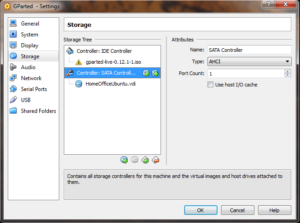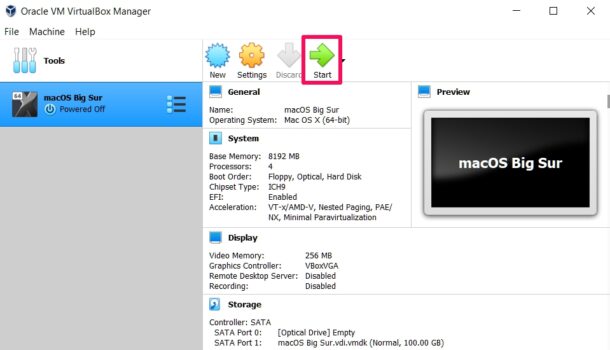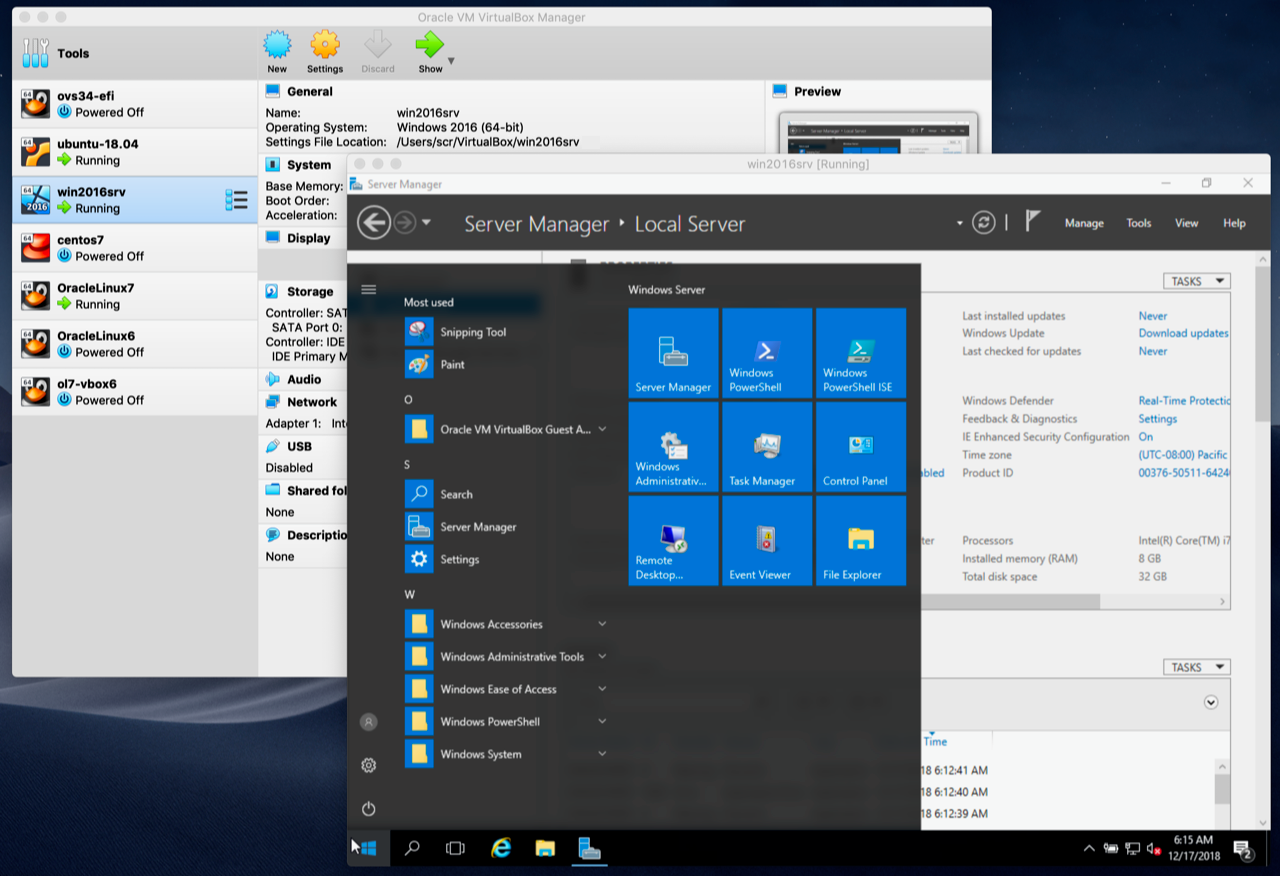

- MAC X 2003 VHD FOR VIRTUALBOX MAC OS X
- MAC X 2003 VHD FOR VIRTUALBOX INSTALL
- MAC X 2003 VHD FOR VIRTUALBOX UPDATE
- MAC X 2003 VHD FOR VIRTUALBOX WINDOWS 10
- MAC X 2003 VHD FOR VIRTUALBOX WINDOWS
These can be found in out/darwin.x86/release/dist along with a small script ( loadall.sh) to load them.

Load all the kernel extension modules.The default is to a release build, should you wish to do a debug or profile build add BUILD_TYPE=debug or BUILD_TYPE=profile as argument to kmk or export it as an environment variable in your shell.


If you are running 10.10 (Yosemite) there is a boot-args option for allowing the loading of unsigned kexts.
MAC X 2003 VHD FOR VIRTUALBOX INSTALL
Sudo port install libidl acpica yasm subversion doxygen texlive texlive-latex-extra texlive-fonts-extra x86_64-elf-gccĭoxygen, texlive* and x86_64-elf-gcc are optional (first two for documentation, latter for the validation kit). Until recently the official builds were done using Xcode 6.2 (you may use the tools/darwin.amd64/bin/ script to 'install' the necessary bits on later OS X versions).Īfter installing MacPorts, do not forget to make sure the following two lines are in your ~/.profile or ~/.zprofile file and actually loaded in the shell you're using:Įxport PATH=/opt/local/bin:/opt/local/sbin:$PATHĮxport MANPATH=/opt/local/share/man:$MANPATH
MAC X 2003 VHD FOR VIRTUALBOX MAC OS X
MAC X 2003 VHD FOR VIRTUALBOX WINDOWS
Where to get them for a Windows guest?Īt the moment I use GNOME boxes or the console from virt-manager to access the VM. Is there something similar for KVM? Chapter 11 in the Virtualization Deployment and Administration Guide mentions guest agents for rhel7. VMware and VirtualBox have some kind of guest tools (open-vm-tools or the doomed VBox Guest Additions).
MAC X 2003 VHD FOR VIRTUALBOX WINDOWS 10
And last but not least I got a shiny new Windows 10 installation from our desktop services guys. I've installed the packages Christian recommended in his earlier post. I'm sorry for that but things are a bit crazy around here.Īnyway, thanks to your help I have a laptop running Fedora 30 and KVM on it, now. There was no feedback from me for quite some time. To ask more specific, do you guys don't use snapshots because you don't need them for your use cases or do you have negative experiences and advice against using them? But a simple snapshot would save you some time because only blocks that are changing have to be written to disk not the whole file itself. To copy the whole qcow2 file may be a good choice for regular backups. Therefor it should not matter whether EFI or BIOS is being used either on the virtualization host or in the guest. It's just like a copy on write operation or at least it should be. Could you explain that in some more detail? In my understanding a snapshot is just a point in time where changes to the virtual disk are written to a new file. So I guess there is still a point for using snapshots.Ĭhristian, you mentioned that snapshots don't work with EFI based BIOS.
MAC X 2003 VHD FOR VIRTUALBOX UPDATE
I guess I could not solve this easily by creating a new VM each time an update needs to be applied because I would have to migrate the data as well each time. If something goes wrong I jump back to the snapshot and are up and running again. Today I'd like to take a snapshot from a production VM each time before I apply updates/patches to it.


 0 kommentar(er)
0 kommentar(er)
